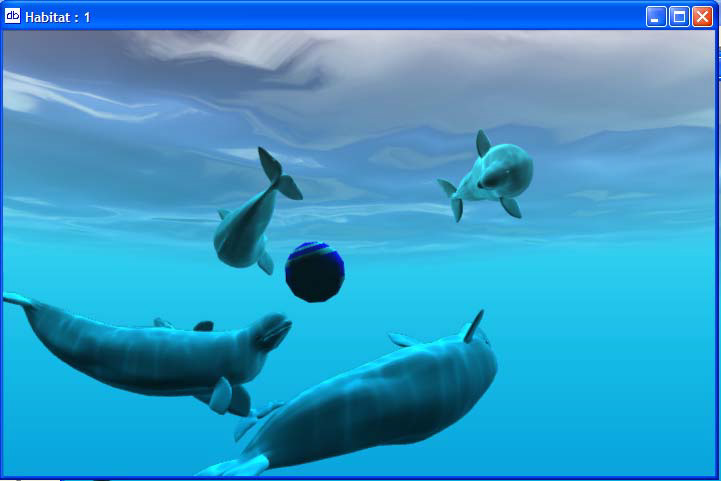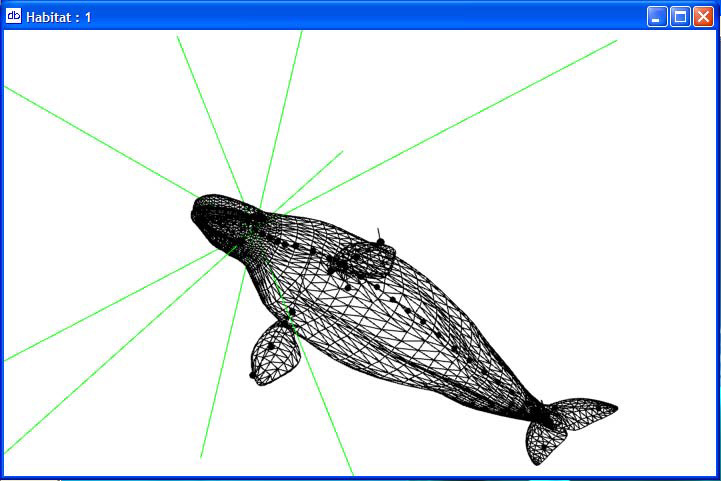“Designing an adaptive multimedia interactive to support shared learning experiences” by DiPaola and Akai
Conference:
Type(s):
Title:
- Designing an adaptive multimedia interactive to support shared learning experiences
Presenter(s)/Author(s):
Abstract:
With the aid of new technologies, integrated design approaches are becoming increasingly incorporated into exhibit design in museums, aquaria and science centres. These settings share many similar design constraints that need to be addressed when designing multimedia interactives as exhibits. The use of adaptive systems and techniques can overcome many of the constraints inherent in these environments as well as enhance the educational content they incorporate. Our main design goal was to facilitate a process to create user centric, collaborative and reflective learning spaces around the smart multimedia interactives. We were interested in encouraging deeper exploration of the content than what is typically possible through wall signage, video display or a supplemental web page. We discuss techniques to bring adaptive systems into public informal learning settings, and validate these techniques in a major aquarium with a beluga simulation interactive. The virtual belugas, in a natural pod context, learn and alter their behavior based on contextual visitor interaction. Data from researchers, aquarium staff and visitors was incorporated into the evolving interactive, which uses physically based systems for natural whale locomotion and water, artificial intelligence systems to simulation natural behavior, all of which respond to user input. The interactive allows visitors to engage in educational “what-if” scenarios of wild beluga emergent behavior using a shared tangible interface controlling a large screen display.
Acknowledgements:
We wish to thank the Vancouver Aquarium for their support and their collaboration on this project. In particular, we would like to thank Valeria Vergara for allowing us to incorporate her research on beluga behaviour and vocalization, and the rest of the aquarium staff who gave us feedback on the beluga model and simulation. Finally, this project would not have been possible without the tireless work of Bill Kraus.







